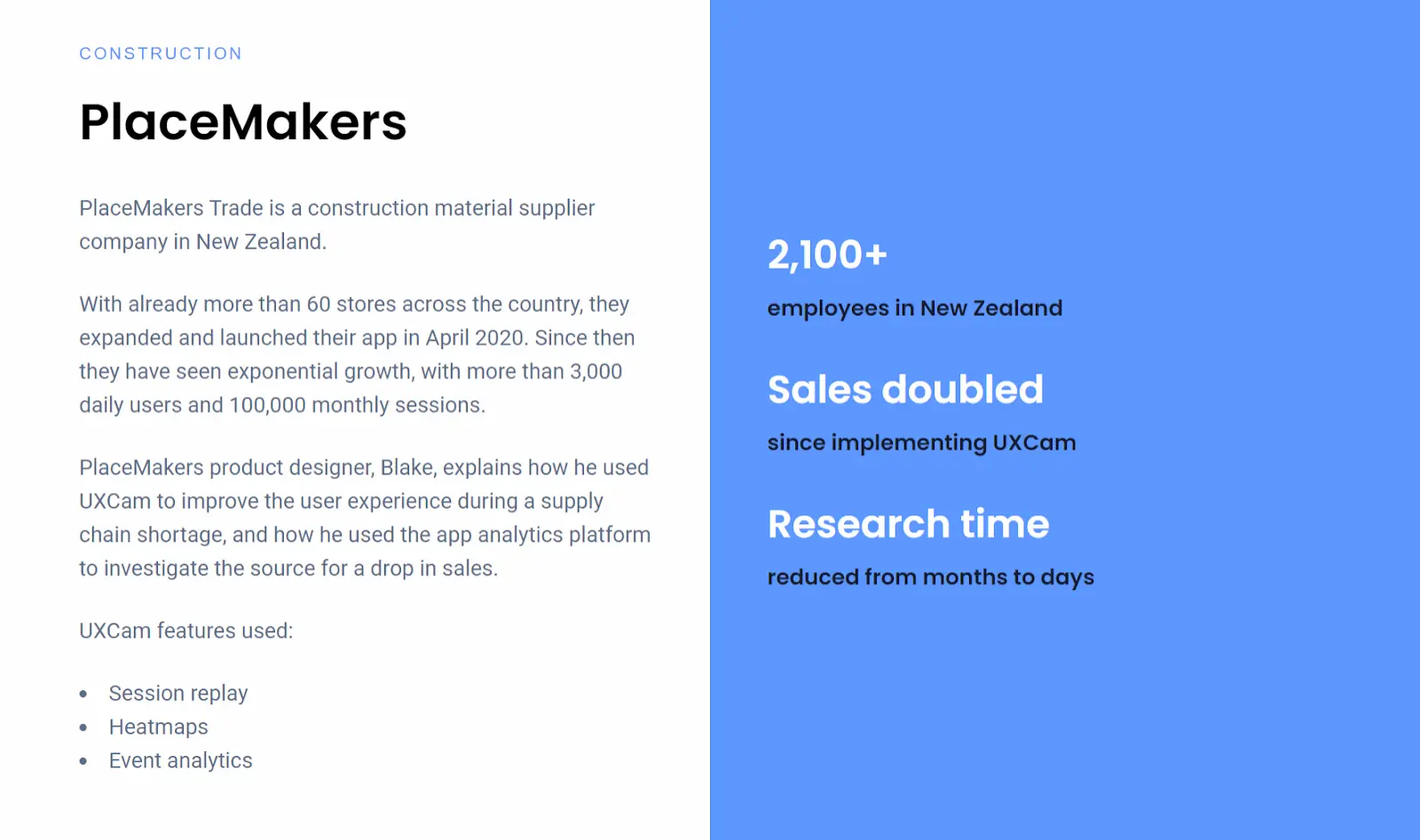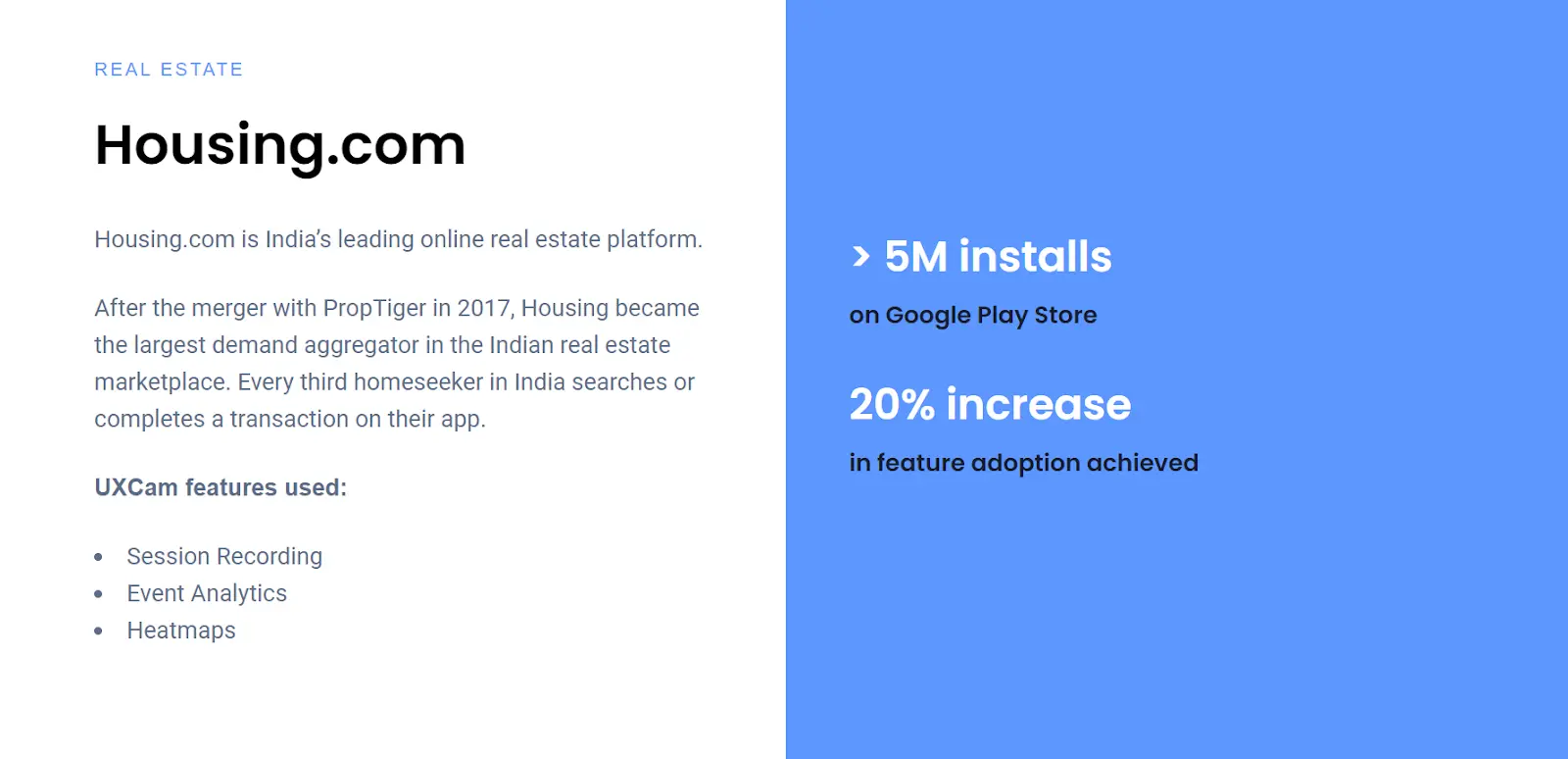Back to blog
5 MIN READ
Digitizing Customer Experience - An In-Depth Guide
PUBLISHED
24 June, 2024

Product Analytics Expert
When old strategies stop yielding solid results, it might be time for an update.
Digitizing customer experience means replacing old customer engagement methods with modern technologies and platforms. But it isn’t always as simple as swapping out a few tools and updating your processes.
In this guide, we’ll discuss the fundamentals of successfully digitizing customer experience—from understanding your current customer journey to integrating new digital solutions.
What does digitizing customer experience mean?
Longstanding businesses often run into a problem—the tools and processes they’ve relied on for success in the past just aren’t keeping up with modern customer demands.
A simple example is mobile apps. Research shows that mobile app conversions are 3X higher than mobile website conversions. However, only 62% of consumer-facing businesses have (or are in the process of developing) a mobile app.
Digitizing customer experience means updating your business’s processes. Not necessarily becoming digital (most companies are already there) but keeping pace with advances in areas like:
Marketing (e.g., better personalization options, automation)
Sales (e.g., online checkout, optimized product pages)
Customer service (e.g., live chat support, AI-based customer segmentation)
Analytics (e.g., real-time dashboards, retroactive analytics)
The goal is to use these technologies to eliminate unnecessary roadblocks to a fantastic customer experience.
Why is digitizing customer experience important?
Drives Revenue
There’s a clear correlation between digital transformation (including digitizing customer experiences) and revenue growth. A recent Deloitte study found that companies with a high level of digital transformation maturity record 45% higher revenue growth than their less mature counterparts.
We’ve seen similar results with our customers.

PlaceMakers doubled their sales by using UXCam’s suite of analytics tools to understand customer behavior in their mobile app. By upgrading to a modern analytics solution, they could generate deeper, more target insights that led to actual results.
Increased customer satisfaction
On a similar note, digitizing the customer experience leads to increased satisfaction with your product or service by as much as 20-30%, according to McKinsey research.
Modern customers expect the efficiency and convenience of modern solutions. If you can provide this, you’ll be well on your way to driving customer loyalty and increasing recurring business.
Better access to data
Digital solutions make it much easier to collect data, which means you have more data to rely on for fine-tuning products, services, and strategies.
For example, UXCam allows you to track every interaction in a mobile app without manually tagging anything. This leads to potentially valuable data that you can retroactively analyze for insights.
How to digitize the customer experience
1. Define your strategy (before initiating your transformation)
Digital transformation can touch every aspect of your business. You need to kick the process off with a prioritized list of goals and a comprehensive strategy for achieving them if you want to avoid problems down the line.
Start by working through the following framework:
Starting Point: Start by creating a customer journey map. What does your business’s current customer journey look like? Are parts of your business digitized already? What areas might be potential opportunities for digitization?
Goals: Then outline your ultimate goals for the digitization process. What areas do you want to streamline? What customer experience benefits are you aiming for?
Resources: Finish by brainstorming strategies for achieving your goals. What resources (people, tools, etc.) will you need to get the job done? How much will it cost?
These three elements combine to form your strategy, so be as specific as possible.
2. Define digital customer experience channels
Digital customer experience channels are the channels your customers can use to interact with your business—think website, mobile app, email, chatbot, and social media.
Start by selecting the channels that are the most important to your customers.
According to CX professionals, a few channels are particularly important to businesses looking to future-proof their customer experience.
These include:
Self-service portals
Live chat
Social
SMS
Mobile apps
For each channel, you’ll need to research tools, assess your budget constraints, and determine the best way to integrate them into existing customer experience systems.
3. Use a digital experience analytics software
As we mentioned earlier, digital transformations give businesses access to tons of customer data. To take advantage of this benefit, you must choose digital analytics software to transform this data into deep insights.
Make sure you have analytics in place for every digital channel you prioritize. In some cases, the tool you use will offer these features—the popular live chat tool Tidio also provides in-depth analytics, for example.
Otherwise, you can use a dedicated analytics solution to fill any gaps.
For example, at UXCam, we empower mobile product teams with experience analytics tools designed to transform mobile app data into deep customer experience insights.

Features like session replay, user segmentation, and crash analytics help identify user behavior patterns in real-time and make data-driven decisions possible.
4. Create a data-led customer persona
Customer personas are key to aligning your products, services, and processes with your customers' needs. Creating a data-led customer persona means using data from your analytics tools to refine and flesh out your customer personas.
What should you be looking for? That depends on your goals, but common insights from analytics tools include the following:
User flow patterns
Usage trends
Purchase histories
Feature adoption trends
Common struggles (i.e., crashes, knowledge gaps. etc.)
When you understand how and why customers engage with your business, you can implement systems to make life easier for them.
Take Housing.com, for example.

By using UXCam to analyze sessions that contained rage clicks, the team realized that a large segment of their users wanted to be able to search for houses in multiple cities at once. This relatively simple fix was a significant contributor to the app’s 5 million Google Play downloads.
Best practices for digitizing CX
To finish this guide, we thought it would be helpful to leave you with a few best practices to guide your digital transformation:
Optimize mobile user experience: Mobile is the leading way customers interact with your brand. Every digital experience you create must be optimized for mobile to ensure you give these customers the best experience possible.
Establish loyalty programs: Establishing a loyalty program is a fantastic retention strategy that is much easier with the help of digital tools like Kangaroo Rewards and Fivestars.
Use AI strategically (and with caution): AI is an undeniably helpful tool—but it isn’t a silver bullet. Use AI strategically to help you deliver an even better customer experience, but ensure you vet it against other digital options.
Join the digital revolution
Digitizing your business’s customer experience is becoming a must. And while the process can be overwhelming, a careful, deliberate approach will yield great results in the form of more satisfied customers.
Are you looking for a mobile-first analytics platform to complement your digital transformation?
UXCam offers developers a range of tools designed to capture and analyze user behavior in mobile apps. With a mix of quantitative and qualitative data, it’s easier to form hypotheses, test your ideas, and build a more empathetic product.
Get started with a 14-day free trial.
You may also be interested in these;
7 ways to improve end-to-end customer experience
Experience analytics: complete guide
Customer experience dashboard examples and how to use them
12 best customer analytics tools and software
Finance apps have a customer support problem, here's how to fix it
AUTHOR

Tope Longe
Product Analytics Expert
Ardent technophile exploring the world of mobile app product management at UXCam.
What’s UXCam?
Related articles
App Analytics
Mobile App Tracking: Practical Guide & Best Tools [2026]
The best tracking tools for mobile...

Jonas Kurzweg
Product Analytics Expert
App Analytics
Top Analytics SDKs 2026
Pick the right analytics SDKs to improve your app's...

Jonas Kurzweg
Product Analytics Expert
Product best practices
8 Best UX Analytics Tools and Software We’ve Tested 2025
A good UX design is key when it comes to user satisfaction. Learn about five of the best UX analytics tools you can use to get valuable insights about user...

Jonas Kurzweg
Product Analytics Expert


